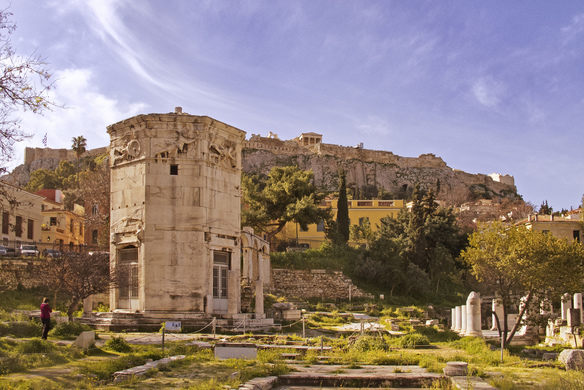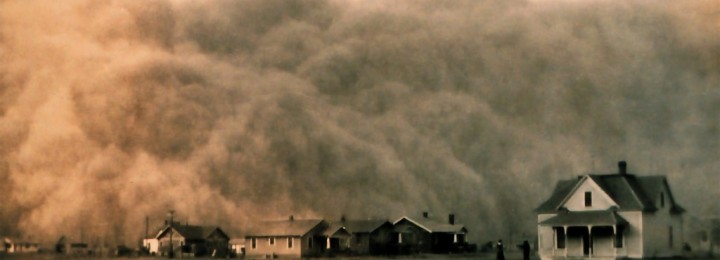History
-

Many years ago, when I was traveling in Athens, Greece, I visited this well-known archeological site known as the “Tower of the Winds”. When it was built, it had sundials, a water clock and a weather observing system, which makes it most likely the oldest weather station in the world. Today Atlas Obscura posted a…
-

Almost 30 years ago, on June 23, 1988, NASA scientist James Hansen told Congress and the world that global warming wasn’t approaching — it had already arrived. The testimony of the top NASA scientist, said Rice University historian Douglas Brinkley, was “the opening salvo of the age of climate change.” Before that, most scientists knew that…
-

According to a recent story on USAgNet, “Dramatic human-caused changes in land cover between 1850 and the 1930s had a substantive effect on the 1930s Dust Bowl drought in the Great Plains, a new study by University of Nebraska–Lincoln researchers finds.” Ocean temperatures are part of the story of what caused the Dust Bowl, but…
-
Back in 2000, an enormous iceberg broke off the Ross Ice Shelf in Antarctica. It was the size of Connecticut and was called B-15. All these years later, the iceberg is still around, although it has been losing pieces ever since it broke off. Now, a big crack along the length of the remaining ice…
-

On January 31, 1971, Apollo 14 lifted off for the third trip to the lunar surface. Included in the cargo on the space ship were some small canisters packed with tree seeds of five species: Loblolly Pine, Sycamore, Sweetgum, Redwood, and Douglas Fir. After the mission concluded, the seeds were planted and grown to seedlings,…
-

Weather Underground had an interesting story a week ago about a terrible weather-related disaster that killed between 100,000 and 230,000 people in China in August 1975. Most of you have probably never heard about it since news reports in the US were quite thin. It’s especially timely this year because high rain amounts and a…
-

The earth has been around for about four and a half billion years, according to the best estimates of climate scientists. But in its early life, the planet was much different than is it now. This week an article in Nature discussed how it has changed and estimated when conditions were first right for snow…